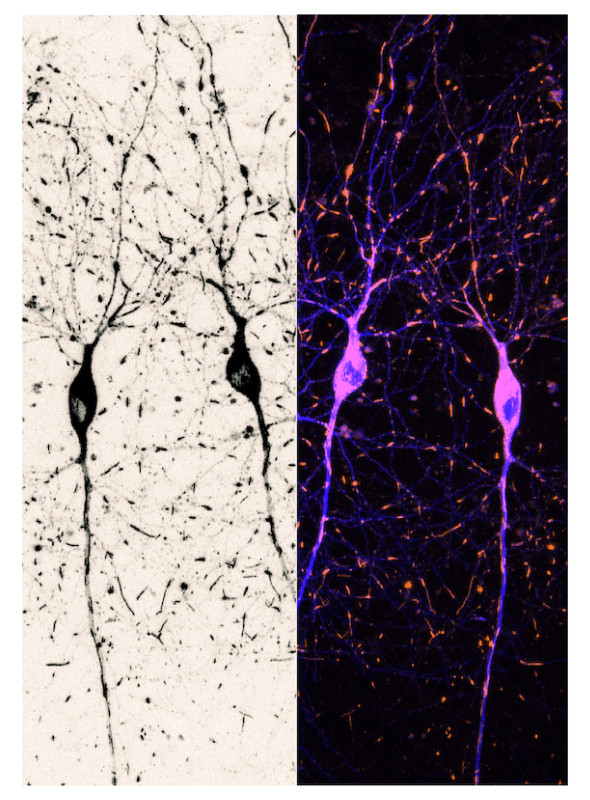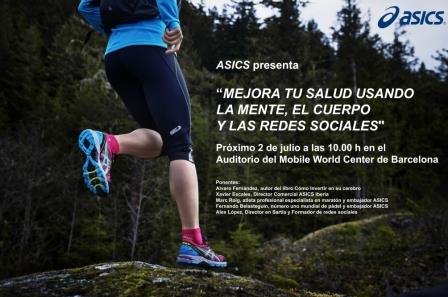Posts Tagged ‘Ramon-y-Cajal’
Evolution of Cajal’s drawings: Award-winning image shows neuroimaging progress in a century
About the Image: “With this image I want to illustrate the large advances made in imaging methods over the past century, allowing modern neuroscientists to look at neurons in ways that Cajal could have only dreamed of. The composition was created by mirroring an image of two pyramidal cells of a mouse hippocampus.
Read MoreBarcelona, 2 de Julio: Mejora tu salud usando la mente, el cuerpo y las redes sociales
ASICS es el principal impulsor de la conferencia que el próximo 2 de julio tendrá lugar en Barcelona bajo el título “Mejora tu salud usando la mente, el cuerpo y las redes sociales”.
Read MoreJune 22nd talk @ Fundacion Edad y Vida (Barcelona) on Health in the XXI century
Last November, talking with some Japanese colleagues at the World Economic Forum’s Council on the Aging Society, I discovered that it is common there to organize research-driven consortia/ learning labs among for-profit, non-profit and academic organizations interested in the development of “silver industries”, this is, where companies develop product and services specific to the needs…
Read MoreUpdate: Work as a Brain Fitness Program
Here you have the twice-a-month newsletter with our most popular blog posts. Please remember that you can subscribe to receive this Newsletter by email, simply by submitting your email at the top of this page. There is one type of “brain fitness program” which is not only free but also pays you back. You guessed it,…
Read MoreNew Neurons: Good News, Bad News
Over the last year we have gladly seen an avalanche of news on adult neurogenesis (the creation of new neurons in adult brains), following recent research reports. Further, we have seen how the news that physical exercise can enhance neurogenesis is becoming common knowledge among many health systems we work with. Now, the obvious question that…
Read MoreTrader Peak Performance and biofeedback programs
Brett Steenbarger, the renowned expert in Trader Performance and author of the blog TraderFeed: Exploiting the edge from historical market patterns, among many things, just posted a kind note on our Peak Performance/ emotional management solution for traders. He says: “This is the first biofeedback application that I’m aware of that is uniquely marketed to…
Read More

